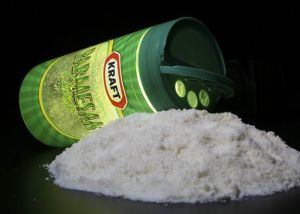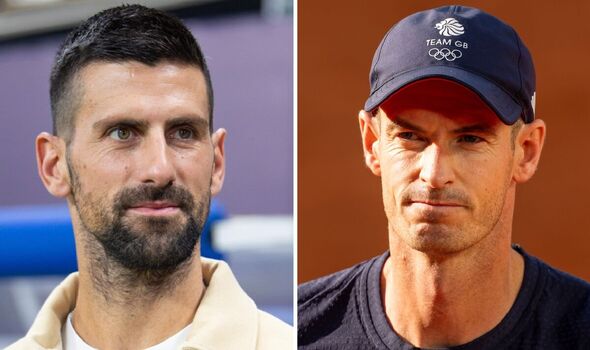
Europe makes a stink about American cheese names
March 13, 2014
Billionaires With Big Ideas Are Privatizing American Science
March 16, 2014Like many, the moment I learned of skijoring, a sport combining horses and skiers, my curiosity was piqued. Being a historian with a degree from Yale, I began to research the sport, and I was amazed at what I discovered. For example, did you know skijoring began more than 2,000 years ago in Lapland? At that time people were pulled on “skis,” (most likely rough-hewn wooden planks) by reindeer. The word “jor” is a Scandinavian term that means “to drive forward.” It began as a means of transportation and is now practiced competitively or recreationally in 20 countries around the world such as France, Poland, Canada, Belarus and Iceland.
People still ski behind reindeer in Helsinki, Finland, in a winter festival called “The Reindeer Cup Championship Drives.” In Saint Moritz, Switzerland, during an event called “White Turf,” people skijor behind thoroughbred race horses on the frozen lake. In Europe, there is typically no rider on the horses, which all run at once with the skier reining the horse from only a few feet behind the thundering hooves. In Latvia, people skijor behind motorcycles in a version of motocross. In Kerala, India farmers “skijor” behind teams of water buffalo and skim across rice patties holding on to wooden plows.
In an effort to better understand the Western version of the sport, I attended races throughout Colorado, Wyoming and Montana, and I was astounded by the warmth and camaraderie of the small coterie of participants. What I found so utterly fascinating about this social sporting culture is that it brings together two groups which are, otherwise, unlikely to meet: Cowboys (or cowgirls) and extreme skiers.
But it’s not hard to understand why these athletes get along. First of all, they admire each other’s skills which are completely disparate. Seldom will a skier mount a horse, and few cowboys will ever strap on skis. Yet, when these talents are combined, they are explosive (and lucrative). Awards are in the thousands of dollars per competitor, so they work together to achieve the fastest time possible. Races often have both a match and a draw division, so these folks never know with whom they could be paired. If I have a cowboy who was pulling me at over 40 mph behind his horse, I think I’d want him to be my buddy! That’s serious business and involves a lot of trust.
I was introduced to the sport by friends in nearby McCoy. Skijoring is a tradition in many of these folks’ lives because it is a natural extension of rodeo. Rumor has it that skijoring in the American West began when a cowboy from Steamboat got together with an extreme skier. Word got out and several men from Leadville joined in. This was more than half a century ago, and Leadville’s race is still a hallowed tradition and famous for being run right down Harrison Avenue, their main thoroughfare.
My focus now is to promote and organize races, work with our national association to ensure the sport is fair and safe, find national sponsors and bring the skijoring community together. Many people ask why skijoring is not an Olympic sport, and this is a very good question. Skijoring was a demonstration sport in the 1928 Olympics in Saint Moritz. It would have been included again had Denver accepted the Winter Olympic bid in the 1970s. Ultimately, my goal is to join forces with the European skijoring community, agree on a common standard of racing, and approach the International Olympic Committee with a proposal that they cannot refuse. 2022 will be our year!
But right now, I am concentrating on the task at hand which is organizing the race in Minturn this weekend. We have an exciting field of athletes (horses included!) that are coming from as far as New Mexico and Montana to compete for a prize purse of over $10,000. The races begin each day at noon, spectating is free and spectators are guaranteed to have a great time.
Jor on!
Loren Zhimanskova lives in McCoy and runs the website www.skijorinternational.com, visit it to learn more about skijoring.



Luke Humphries comment about Luke Littler says it all after Players Championship glory
Read more